10 must-see attractions in Guizhou
Guizhou is a southwestern province of China with rich and diverse tourism resources. Known for its stunning natural beauty, unique ethnic cultures, and rich history, Guizhou offers a wide range of attractions and experiences. The province is home to several UNESCO World Heritage sites, such as the Xijiang Miao Village, the Huangguoshu Waterfall, and the Fanjing Mountain Nature Reserve. You can explore traditional Miao and Dong ethnic villages, sample local delicacies like spicy hotpot and rice wine, and participate in traditional festivals and celebrations. Guizhou is also renowned for its intricate batik textiles, made using a traditional wax-resist dyeing technique. With its vibrant cultural heritage, breathtaking landscapes, and warm hospitality, Guizhou is a destination that offers something for every type of traveler.
Guizhou Attractions 1: Xiaoqikong Scenic Area
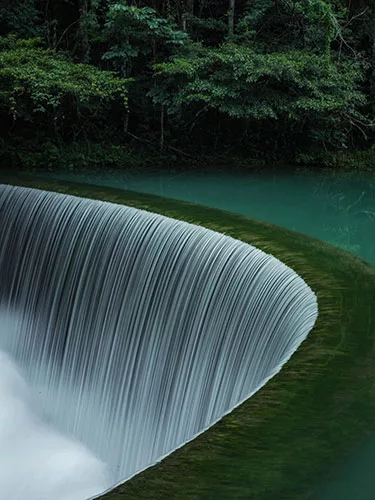
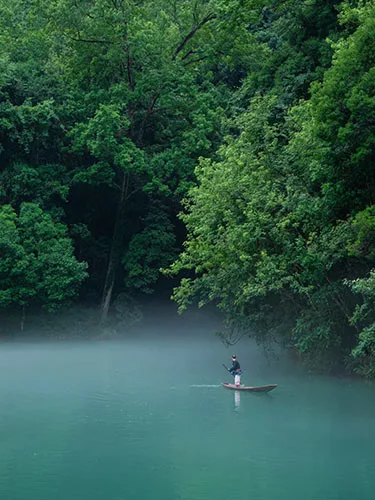

Xiaoqikong Scenic Area is known as the “Green Jewel of the Earth.” It is famous for its crystal-clear water, majestic waterfalls, towering karst formations, and lush greenery. Lonely Planet named it one of the most soul-touching landscapes. China’s National Geographic magazine hailed it as “the most beautiful place in China.” This refreshing turquoise color is genuinely breathtaking. We particularly recommend rafting on Lake Mandarin.
Guizhou Attractions 2: Huangguoshu Waterfall
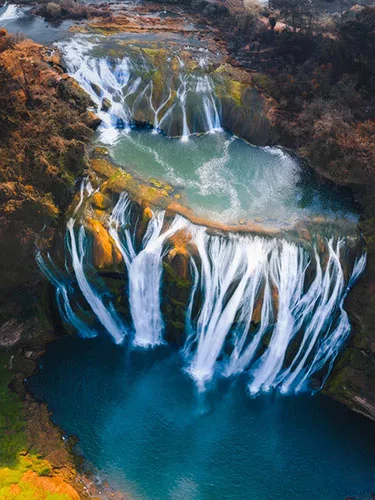
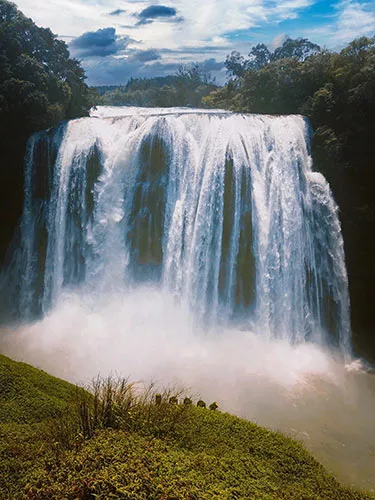

In addition to the waterfall, the scenic area is home to many other natural wonders, such as karst caves, underground rivers, and limestone forests. Visitors to the Huangguoshu waterfall can take a boat ride to get a closer view of the waterfall or hike to the top for a panoramic view of the area. Some trails and paths lead to other parts of the scenic area, where visitors can explore Guizhou’s natural wonders and cultural attractions.
Guizhou Attractions 3: Xingyi Wanfeng Lin
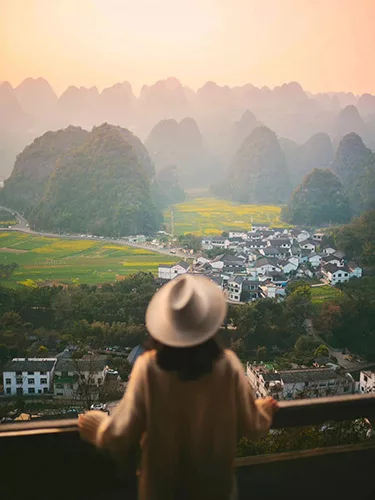
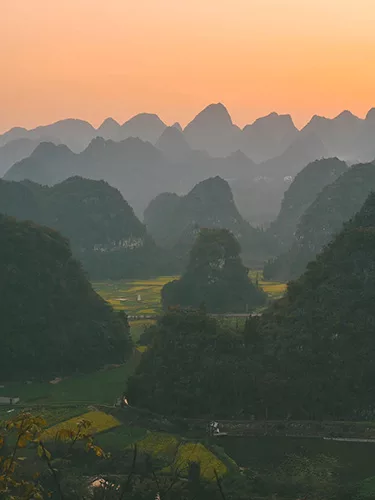
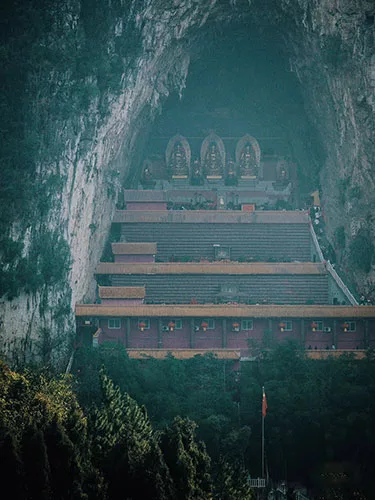
One of the highlights of Wanfeng LIn is the Maling River Canyon, which is a 75-kilometer-long canyon that features numerous waterfalls, rapids, and pools. Visitors can take a raft ride down the river to explore the canyon and enjoy the stunning scenery.
Another popular attraction in Wanfeng Lin is the Zhonghe Valley, a deep valley home to various rare plants and animals. Visitors can hike through the valley to explore its natural beauty and discover the unique flora and fauna of the area.
In spring, the forest fields are covered with bright yellow rape flowers, creating a stunning contrast against the surrounding green landscape. You can stroll through the fields to enjoy the beauty of the flowers or take pictures to capture the moment.
In addition to its natural beauty, Wanfeng Lin is home to several ethnic minority groups, including the Miao, Buyi, and Yao, who have distinct cultures and customs.
Guizhou Attractions 4: Mountain Fanjing
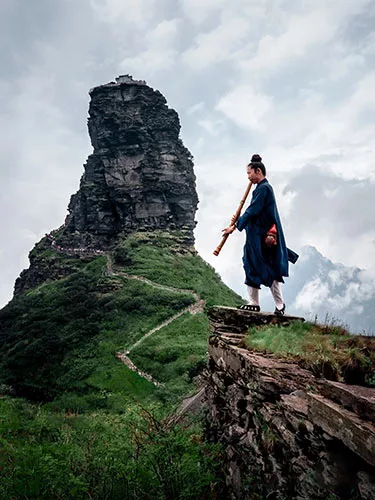
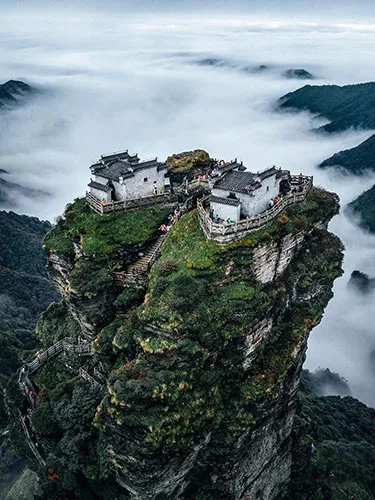
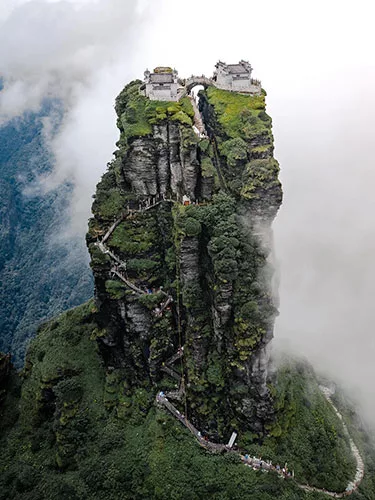
Fanjing Mountain was one of the first places in southern China to rise from the sea to land some 1.4 billion years ago. It is the only habitat for the Qianjin snub-nosed monkey and is home to more than 7,100 species of wild animals and plants. You can explore Fanjing Mountain’s many hiking trails and scenic spots, including the stunning Red Clouds Golden Summit.
Fanjing Mountain is also a cultural mountain with a history of over 2,000 years. It is home to buildings on the cliffs recommended by National Geographic magazine. The two temples at the top of the mountain are a real-life version of the City in the Sky, treacherous and spectacular.
One of the unique features of Fanjing Mountain is the Mushroom Stone, a tall, narrow rock formation that resembles a giant mushroom. This natural wonder has become a popular spot for visitors to take photos and admire the mountain’s beauty.
Guizhou Attractions 5: Xijiang Thousand Families Miao Village
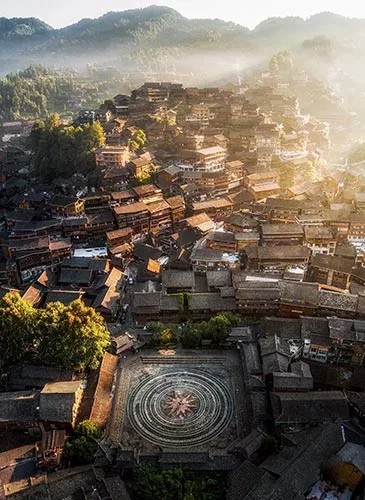
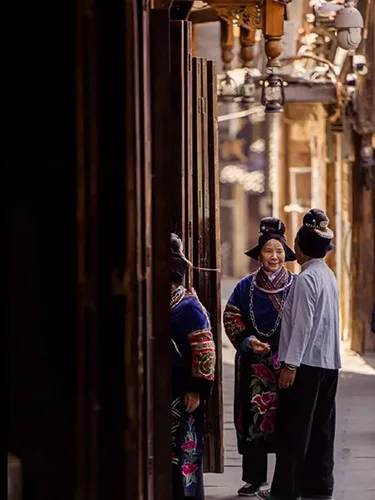
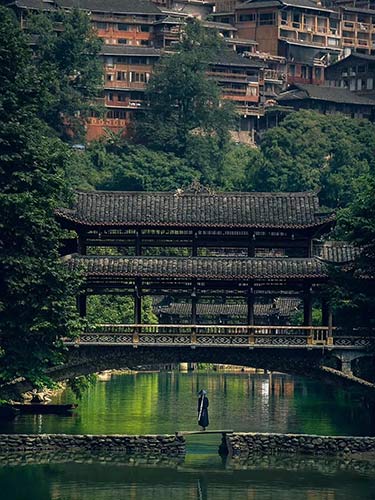
More than 1,000 families have been built in the Xijang Thousand Families Miao Village, with their unique wooden hanging towers in the middle of the mountain. The main attractions here include the Xijiang Miao Museum, the brewing workshop, the embroidery workshop, the batik workshop, the silver ornament workshop, the viewing platform, the ancient road of Kagaku, and the idyllic sightseeing area. The Xijiang Thousand House Families Miao Village is an open-air museum that exhibits an epic poem about the development of the Miao people.
Guizhou Attractions 6: Lipin Zhaoxing Dong Village
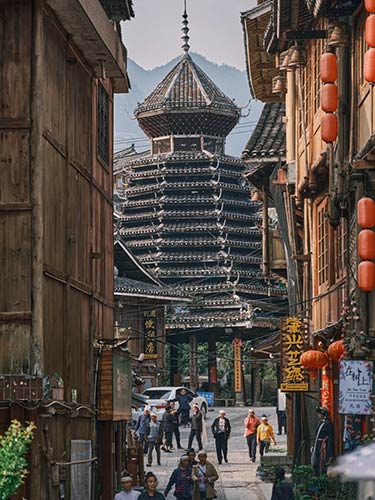
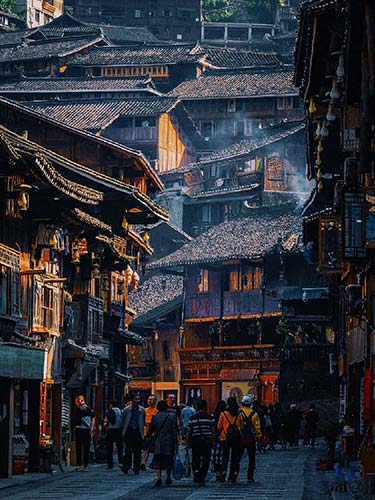
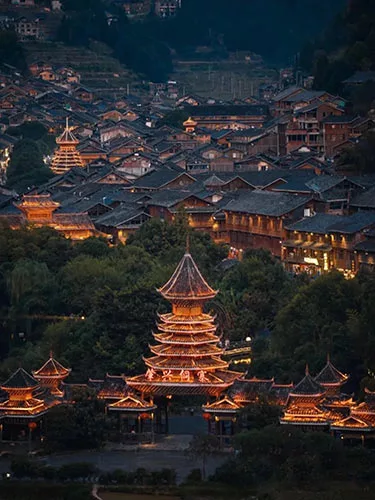
In addition to its beautiful architecture, the village is also famous for its traditional festivals, such as the Dong New Year, celebrated on the lunar calendar’s first day. During the festival, villagers wear traditional costumes, perform traditional dances and songs, and enjoy delicious food and drink.
Guizhou Attractions 7: Qingyan Ancient Town
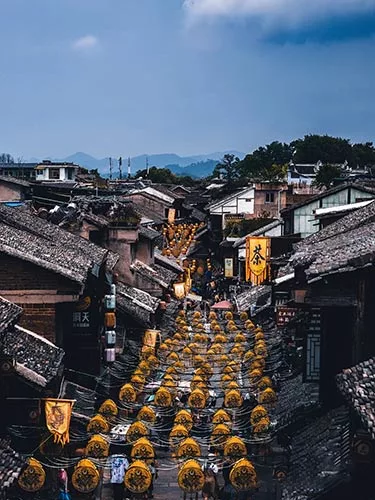
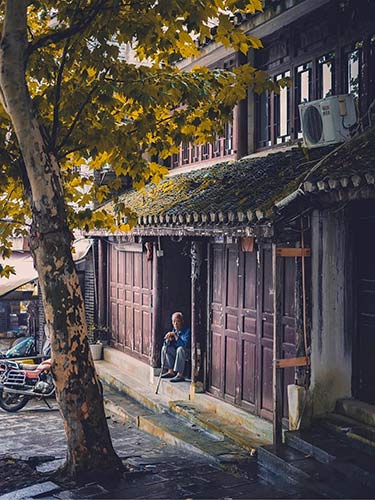
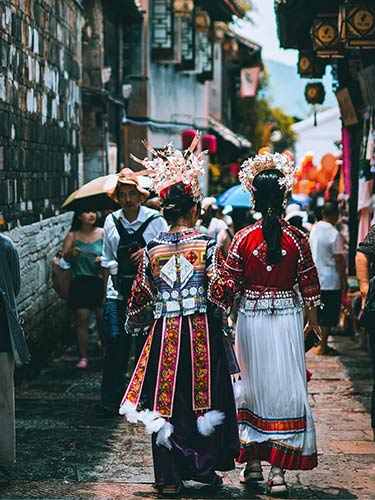
The town has many cultural and historical sites, including ancient temples, pavilions, and ancestral halls. One of the most famous attractions is the Qingyan Confucius Temple, built during the Ming Dynasty and dedicated to Confucius, the ancient Chinese philosopher and educator. The temple has a beautiful courtyard, intricate woodcarvings, and many cultural relics.
The ancient town has various festivals yearly, such as dragon dances, lantern dances, Miao jumping fields, and dragon lantern events during the first month, and the “Tour of the Hundred Diseases” on the fifth day of the fifth month of the lunar calendar. The whole town is very lively during the festivals.
Guizhou Attractions 8: Zhenyuan Ancient Town
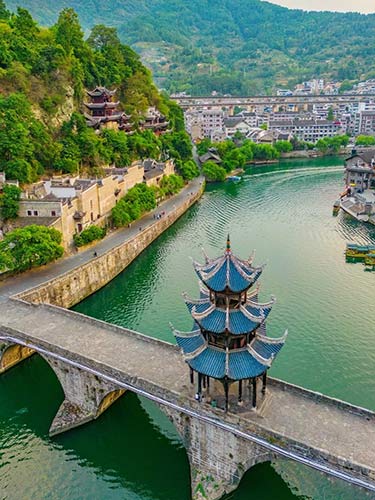
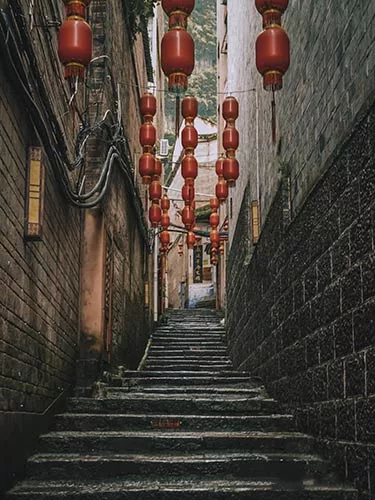
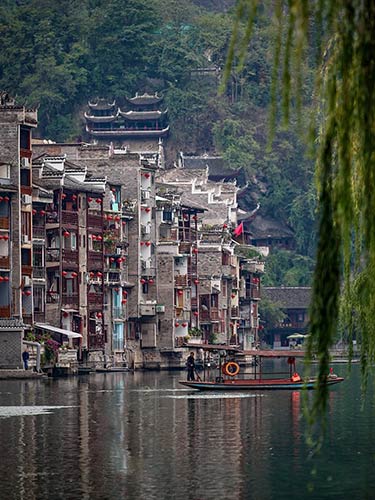
Zhenyuan Ancient City Wall was built during the Ming Dynasty and is one of China’s best-preserved ancient city walls. The town also has the famous Nanhua Temple, built during the Tang Dynasty (618-907) and known for its beautiful architecture, intricate woodcarvings, and ancient Buddhist relics.
The town is also famous for its unique customs and traditions, including the Miao ethnic minority’s Lusheng Festival, celebrated in the third lunar month of each year. During the festival, Miao people wear traditional costumes, play the Lusheng (a musical instrument), and perform traditional dances and songs.
9: Yelang Valley in Huaxi
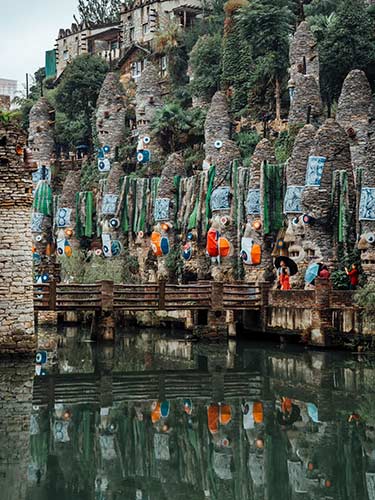
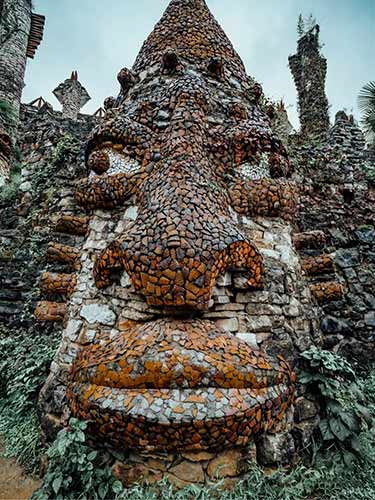
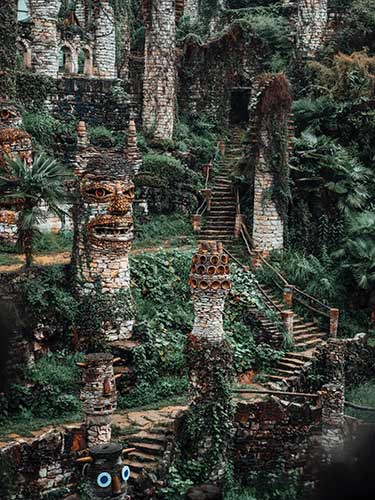
Descript
10: Jiaxiu Pavilion
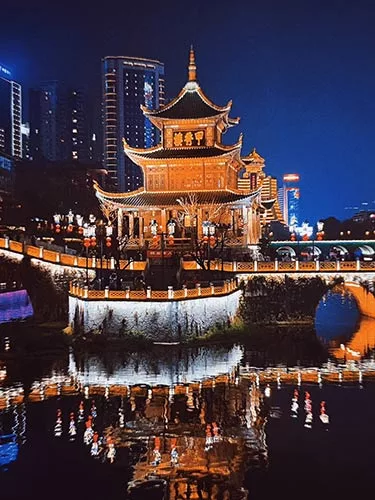
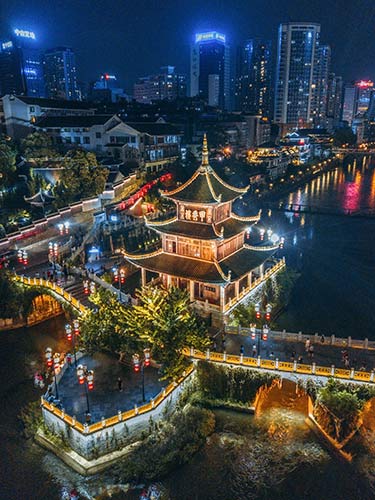
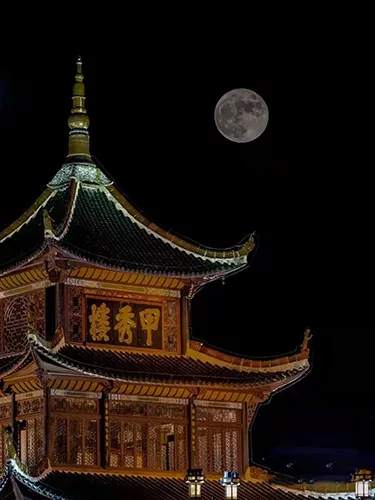
Built in 1598 during the Ming Dynasty, the Jiaxiu Pavilion is a three-story wooden structure on a large stone pedestal in the middle of the Nanming River. The pavilion has a distinctive architectural style that combines traditional Chinese and Western design elements.
The pavilion has a unique design with three layers, each smaller than the one below it, and a single door on each of the four sides. The pavilion’s roof is adorned with ornate decorations, including a phoenix on top and colourful glazed tiles. The pavilion’s interior is decorated with intricate carvings and paintings, and visitors can climb to the top to enjoy a panoramic view of the city.
In addition to its historical significance, the Jiaxiu Pavilion is also known for its cultural importance. It has been a gathering place for poets and scholars throughout the centuries and is often called the “First Scholar’s Pavilion in Southwestern China”. Today, it remains a popular tourist destination and a symbol of Guiyang’s rich cultural heritage.
Related Posts
Enshi, the most beautiful wonderland in China
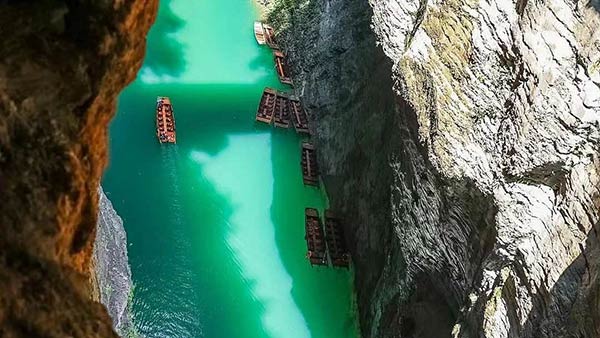
Enshi has been praised as China’s Wonderland by CNN,’ The Most Beautiful Place in China ‘by China National Geographic, and listed as a World Heritage Site by the World Heritage List. Enshi Tourist Attractions #1: Enshi Grand Canyon Swipe right…

